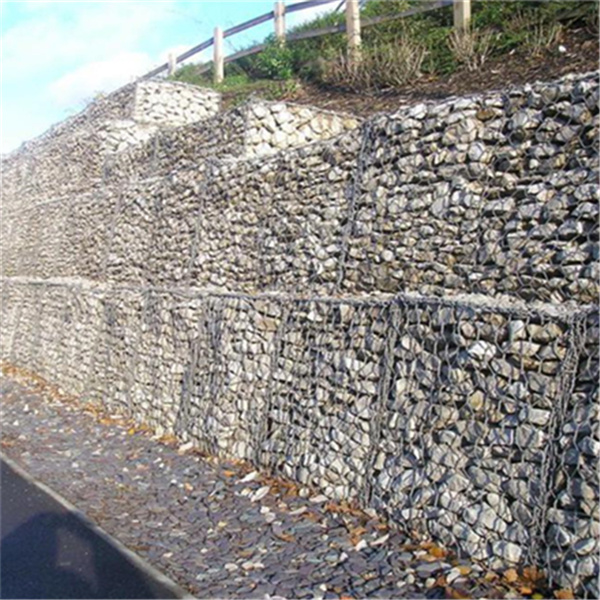okt . 16, 2024 06:17 Back to list
best diy gabion retaining wall
Building the Best DIY Gabion Retaining Wall
If you're looking for a creative and functional way to build a retaining wall in your garden or yard, a gabion wall might be just the solution. Gabion walls are made from wire mesh cages filled with rocks, stones, or other materials, offering both stability and aesthetic appeal. Here’s a comprehensive guide on how to create your own DIY gabion retaining wall, ensuring that it not only serves its purpose but looks great as well.
Planning and Preparation
Before you start your project, it’s crucial to plan your design carefully. Determine the purpose of your retaining wall, the height you need, and the area where you want to build it. Make sure to check local regulations to see if you need any permits. Generally, gabion walls can be built up to a height of 4 feet without requiring formal permission, but it’s always best to be informed.
Materials Needed
To build a gabion wall, you will require several materials - Wire Mesh Cages These can be purchased or made using galvanized wire. The size of the cages should depend on the stones you plan to use for filling. - Filling Material Natural stones, granite, or recycled concrete aggregates work well. Choose materials that fit your aesthetic preference and are available locally. - Geotextile Fabric This helps prevent soil from mixing with the filling material, maintaining the integrity of the wall while allowing drainage. - Tools You will need a shovel, a level, a measuring tape, and gloves for safety.
Building Steps
1. Site Preparation Clear the area where you plan to build the wall. Remove any debris, vegetation, or uneven surfaces. Ensure proper drainage to avoid erosion and future issues.
best diy gabion retaining wall

2. Measure and Mark Using stakes and a string line, outline where your gabion wall will be built. Use a level to ensure that the base is even.
3. Build the Cages Assemble your wire mesh cages according to your desired dimensions. Use a strong gauge wire to ensure durability. If possible, secure the cages by anchoring them to the ground.
4. Install Geotextile Fabric Lay the geotextile fabric behind the cages. This will act as a barrier to dirt and will help with drainage.
5. Fill the Cages Begin filling the cages with your chosen stones. Start at the bottom, placing larger rocks first for stability. Use smaller rocks to fill gaps, ensuring a secure and compact fill.
6. Top it Off Once the cages are filled, close them securely. The top can either be left open or filled with additional materials for added height and aesthetics.
Finishing Touches
After assembling your gabion wall, consider landscaping around it for a more polished look. You can plant flowering plants or install lighting to enhance its beauty during nighttime.
In conclusion, building a gabion retaining wall is a rewarding DIY project that not only supports your landscape but also adds character to your outdoor space. With proper planning and execution, you can create a durable and visually appealing structure that will last for years to come. Happy building!
-
Versatility of Chain Link Fence Gabion
NewsMay.13,2025
-
Trusted Gabion Box Suppliers
NewsMay.13,2025
-
PVC Coated Gabion for Long-Lasting Structural Integrity
NewsMay.13,2025
-
Garden Gabion for Stylish
NewsMay.13,2025
-
Galvanized Gabion for Durable Outdoor Structures
NewsMay.13,2025
-
Gabion Box Factory
NewsMay.13,2025
-
Gabion Basket Wire Gauge and Mesh
NewsMay.13,2025






